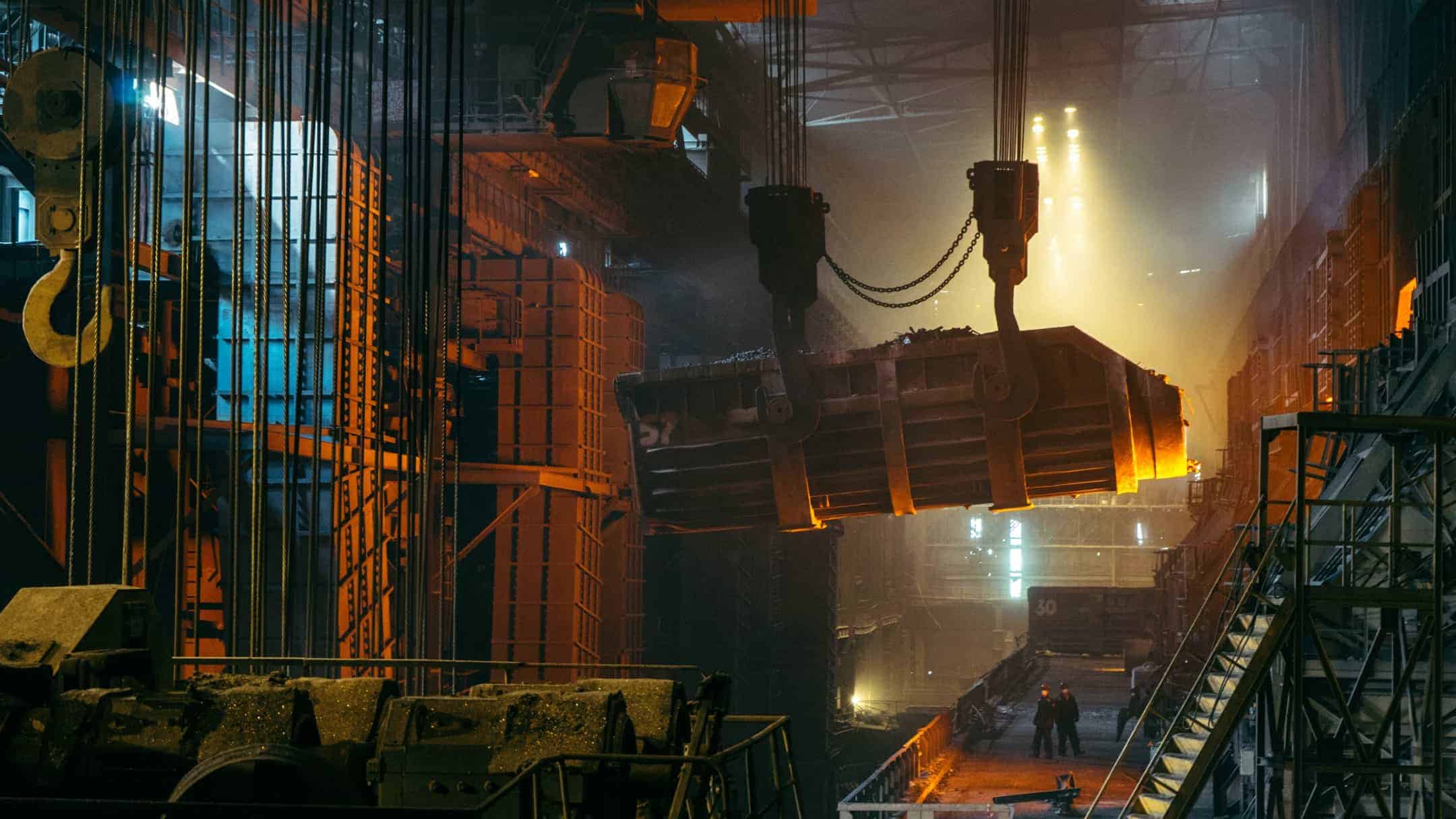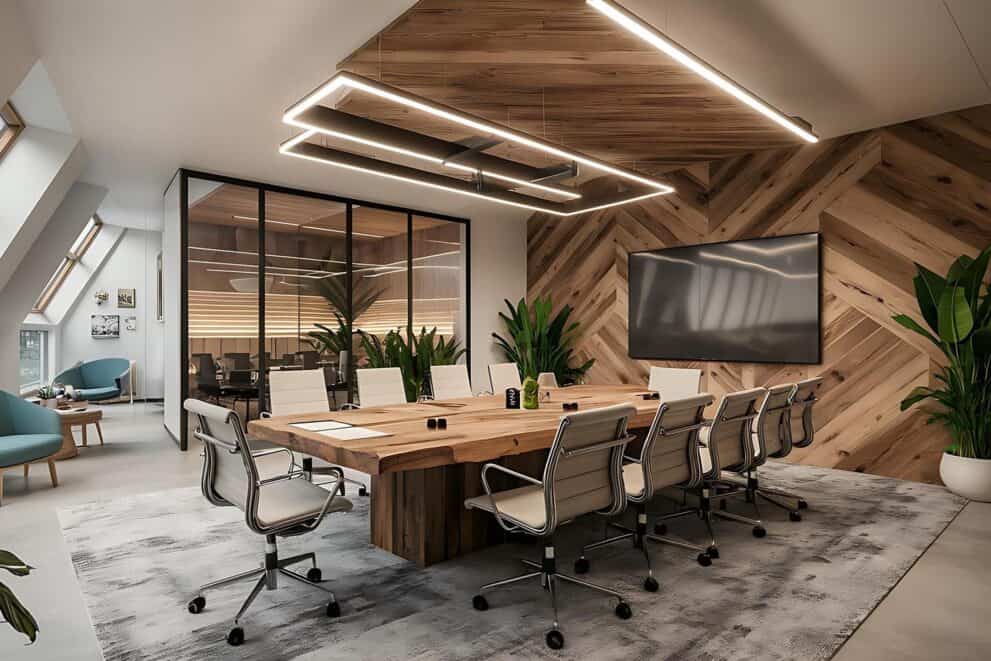Warehouses are vital for logistics, storage and supply chain operations, often housing high-value stock and operating under demanding physical conditions. These buildings are subject to heavy wear and environmental stress, which is why structural integrity is so important. A commercial building warranty, such as a 10 year builder warranty, provides long-term protection against latent defects, giving both developers and investors confidence that their asset is covered well beyond practical completion.
Why Warehouses Need a Commercial Warranty
Unlike standard residential buildings, warehouses are designed for heavy-duty use. A structural warranty for warehouse construction must account for this added stress. Repeated loading, vehicle movement and exposure to the elements can all increase the risk of structural defects over time. A commercial building warranty steps in to provide cover where problems emerge years after construction; often due to design, materials or workmanship issues that only become apparent later.
Having a commercial warranty in place offers assurance to developers, future tenants and financial stakeholders. For investors and buyers, it is often a key requirement in securing finance, as it demonstrates a proactive approach to risk management. This form of protection has become standard for warehouse builds of all sizes across the UK, from single distribution centres to large multi-unit industrial estates.
What a Commercial Warranty Covers
A commercial building warranty typically provides protection for structural elements of the warehouse, including foundations, load-bearing walls, structural floors and roofs. These areas are most prone to long-term issues that are costly to fix and could disrupt operations.
Some policies may also extend to mechanical and electrical systems, especially where these are critical to the operation of the building. It’s essential to confirm exactly what is included in the policy wording. Most warranties run for a term of 10 to 12 years from completion, offering peace of mind across the full lifecycle of early ownership.
Key Factors That Affect Warranty Cost
Several elements can influence the cost of a commercial warranty. These reflect the perceived risk, scale and complexity of the project.
Size and complexity of the warehouse build
Larger or more intricate builds often attract higher premiums due to the increased scope of potential defects. Multi-level warehouses or those with integrated offices or complex fit-outs present more elements for the warranty to cover.
Construction method and materials
Modern methods of construction or innovative materials may result in higher warranty costs due to the additional technical review required by the insurer. Traditional steel or concrete frame builds typically attract standard pricing unless bespoke elements are involved.
Developer track record and risk profile
Experienced developers with a proven track record of successful warehouse projects may benefit from better warranty rates. Insurers assess the likelihood of defects based on past performance, health and safety history and overall risk management practices.
Insurer’s assessment of potential defects
Underwriters consider the likelihood of latent defects based on design complexity and structural load expectations. Projects with unusual features or located on brownfield or challenging ground may see higher premiums due to the elevated risk of settlement or failure.
Choosing the Right Warranty Provider
When sourcing a warehouse warranty, it’s important to work with a provider who specialises in commercial property. Not all providers of building warranty insurance have the expertise to manage industrial-scale risks. Comparing policy documents side by side helps clarify what is and isn’t included.
You should also look at how a provider handles claims. A strong track record of fair, prompt resolutions is important. The earlier a warranty is arranged, the more options are available, particularly during the pre-construction phase where input from the warranty provider can reduce delays during site inspections and technical reviews.
Common Pitfalls to Avoid
One of the most common mistakes is waiting until the warehouse is nearly complete before seeking warranty cover. This can limit options, increase costs and lead to project delays if retrospective technical audits are required. Another frequent oversight is ignoring exclusions in the policy, which could leave critical parts of the build unprotected if they fall outside the defined terms.
Focusing purely on the cheapest option can also backfire. Lower upfront premiums may come with limited cover, poor customer service or onerous claims conditions that make it difficult to receive support when needed. Always weigh up the total value of the policy, not just its price tag.
Benefits Beyond Risk Cover
A commercial warranty provides more than just financial protection. It sends a clear signal to lenders, tenants and investors that the build is professionally managed and backed by long-term safeguards. This can make the warehouse more attractive on the open market, improving lease potential and enhancing resale value.
In addition, having a warranty in place helps reduce disputes between stakeholders by clearly setting out responsibility for defects. This can save time and legal fees further down the line, especially when ownership changes or tenant turnover occurs.
Long-Term Protection for Industrial Property
Securing a commercial warranty for your warehouse should never be viewed as a box-ticking exercise. It’s a strategic decision that protects your investment and ensures the long-term resilience of the structure. By engaging with the right provider early, you build confidence into the entire lifecycle of the property.
Speak to Buildsafe today to explore commercial building warranty options that align with your warehouse project and long-term goals.






